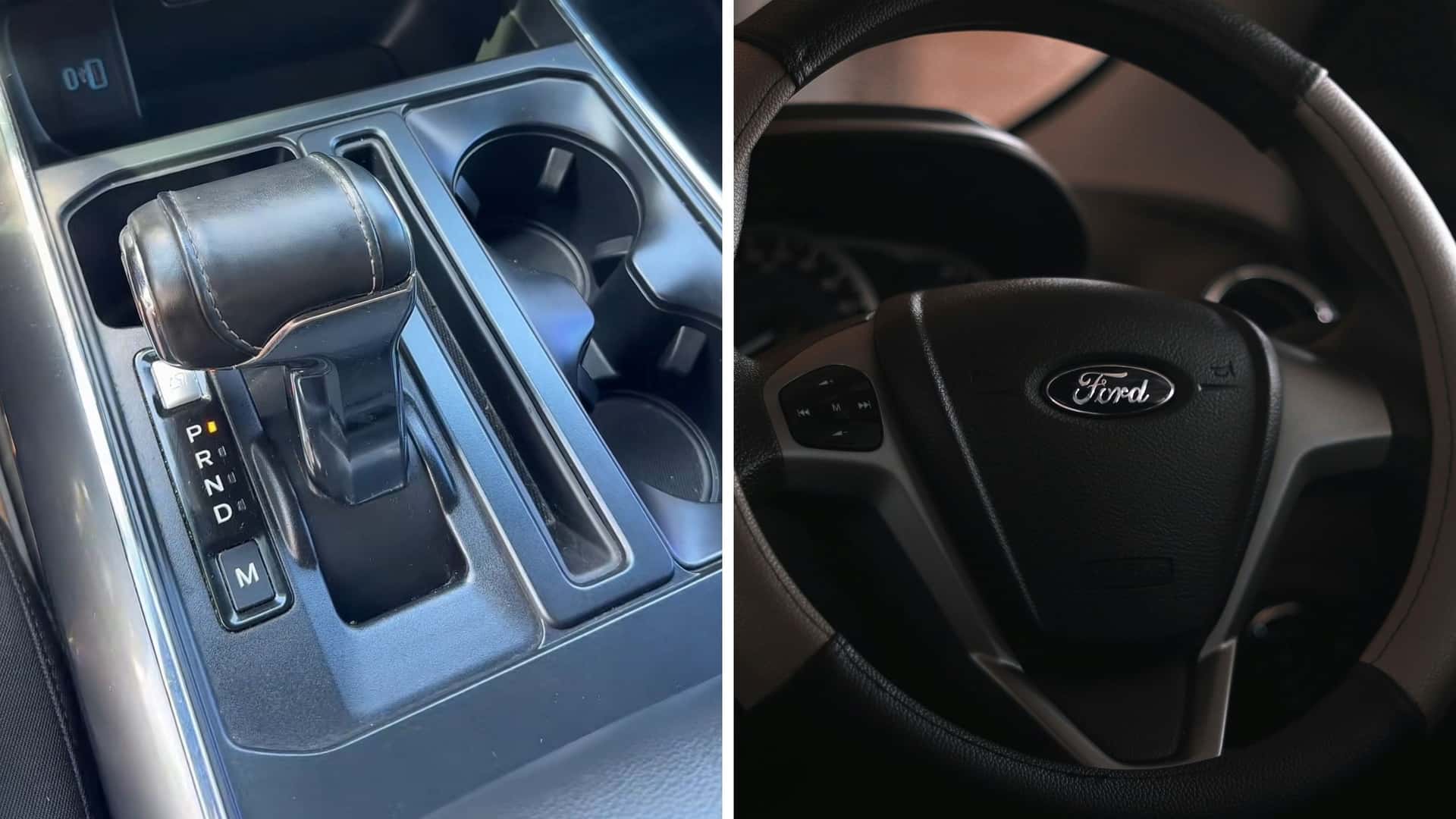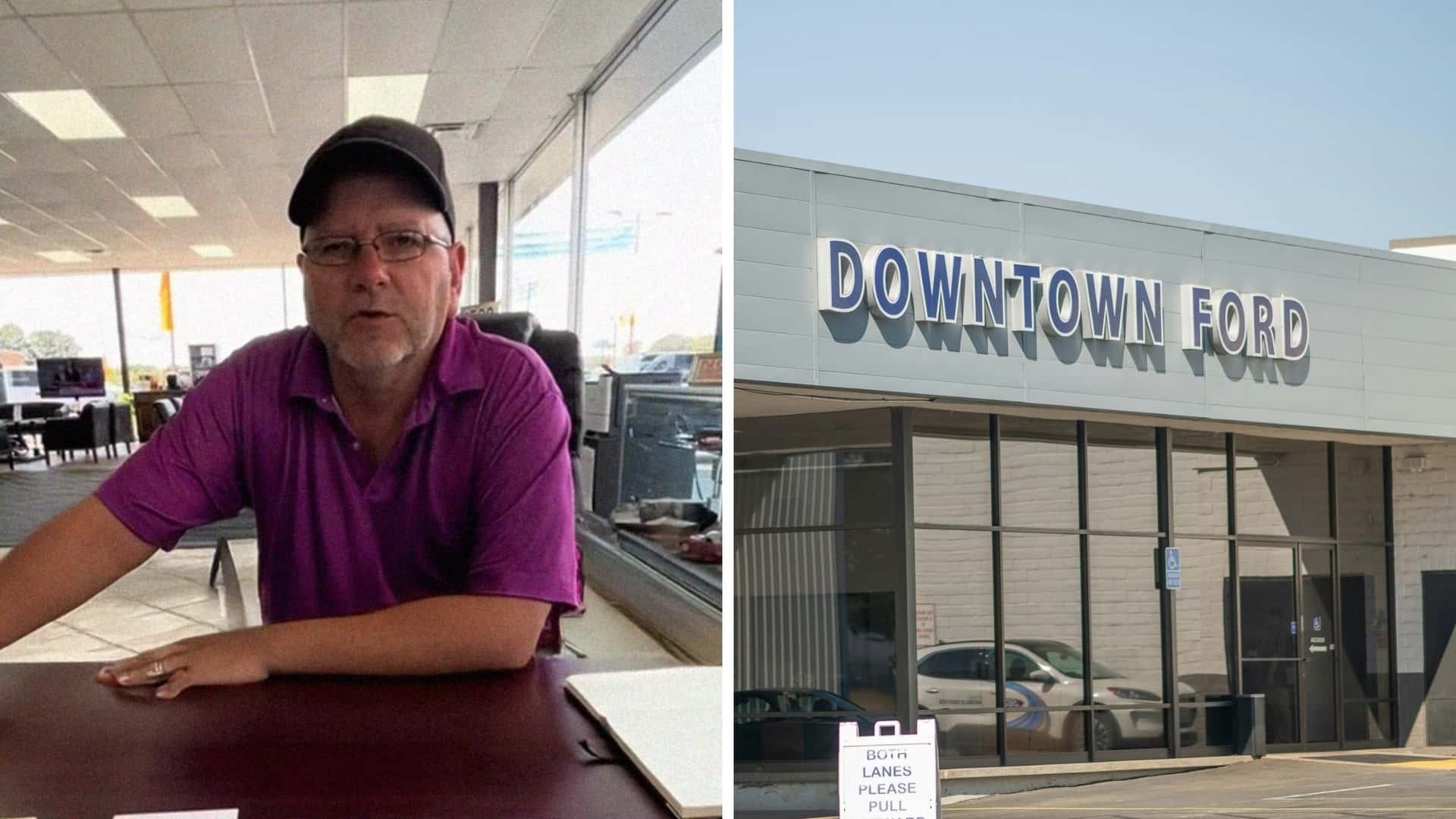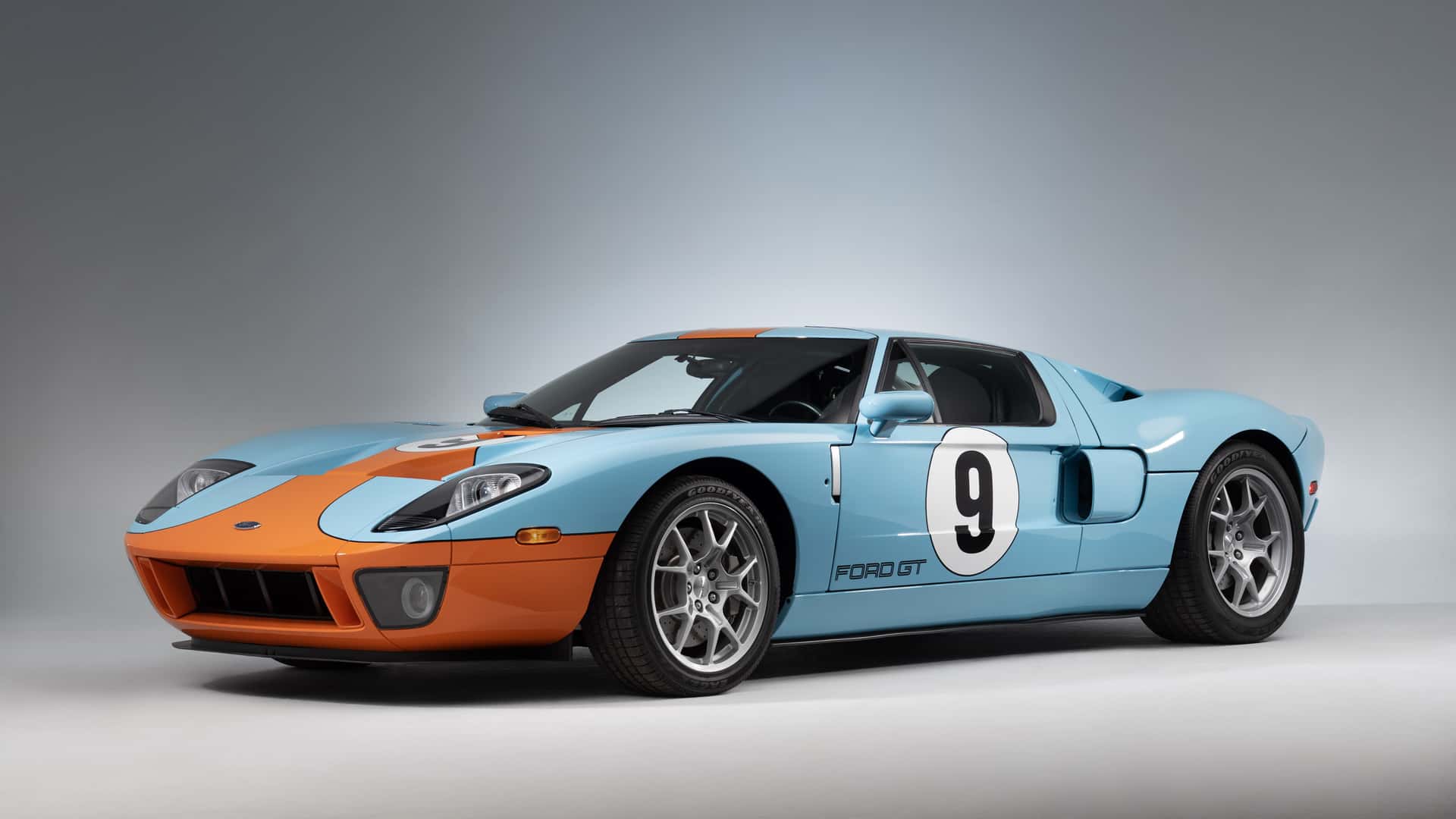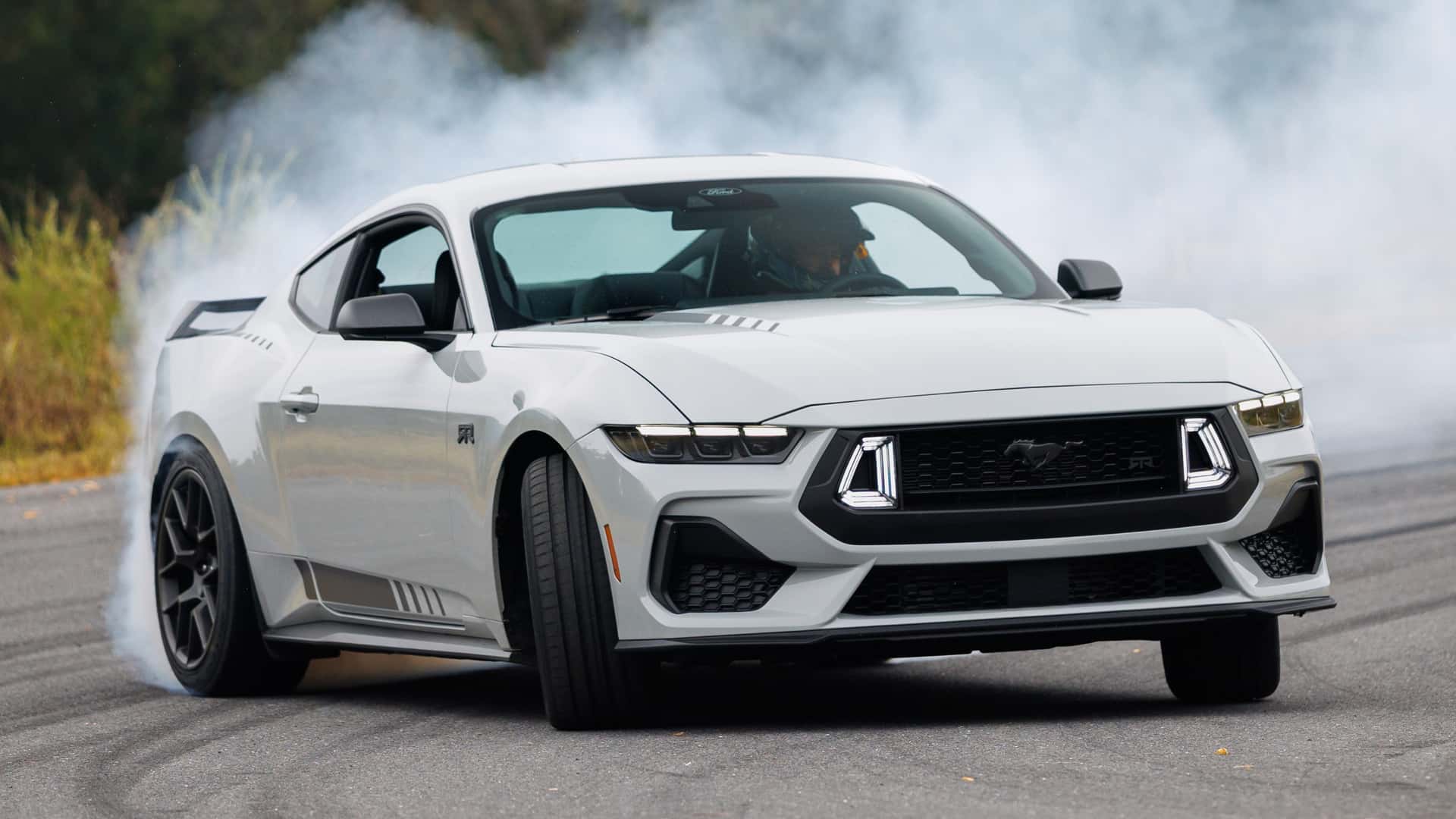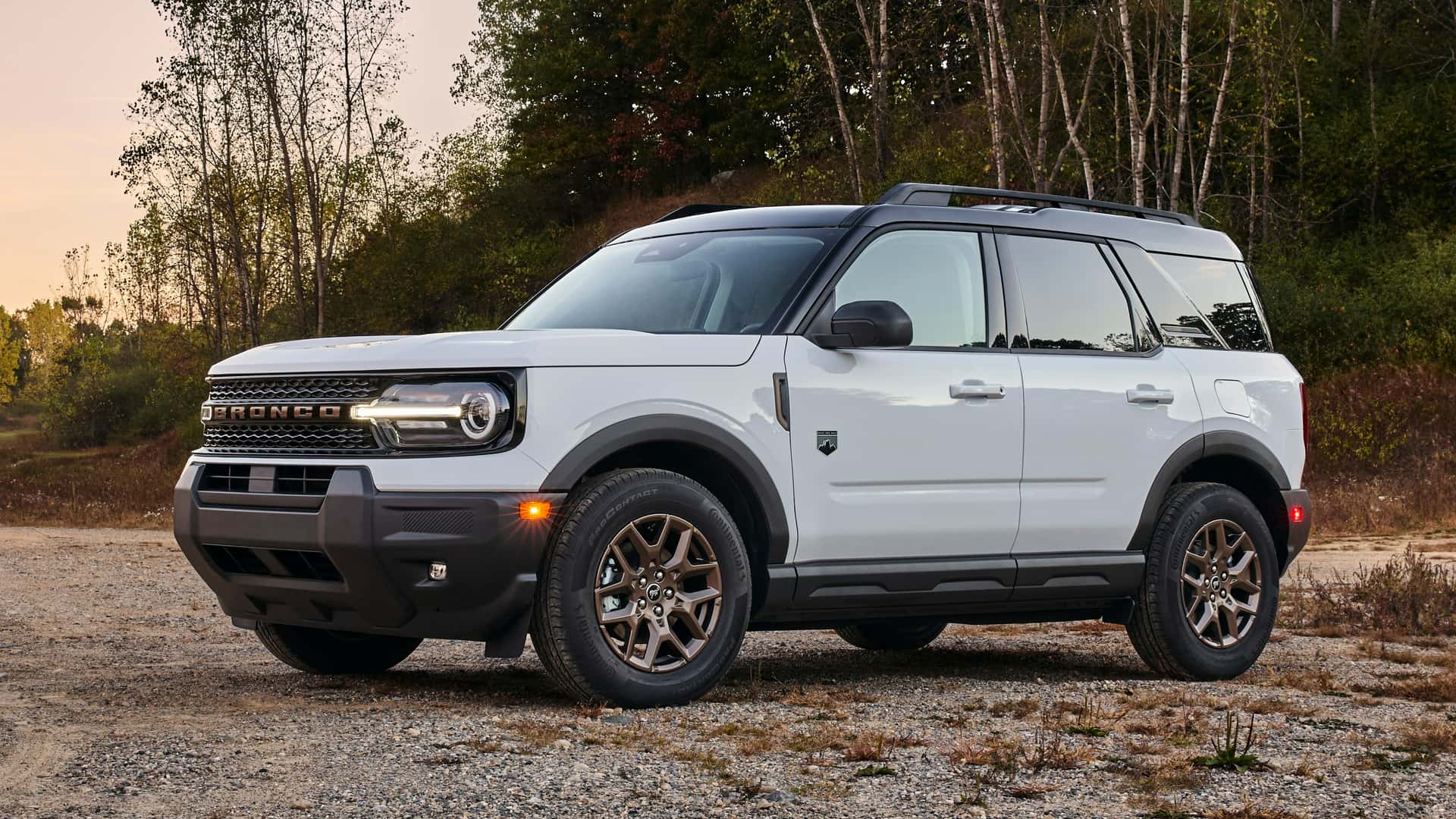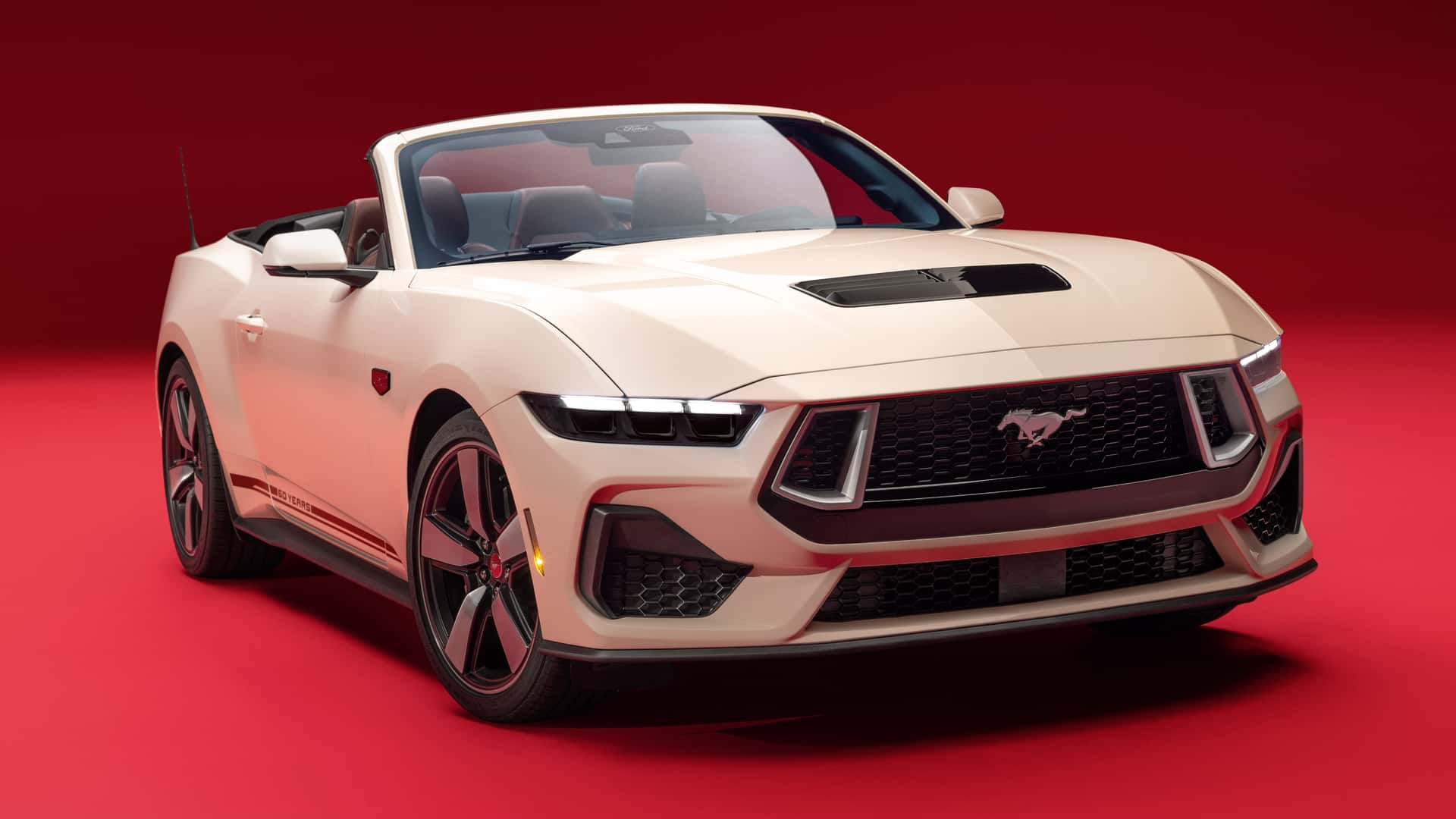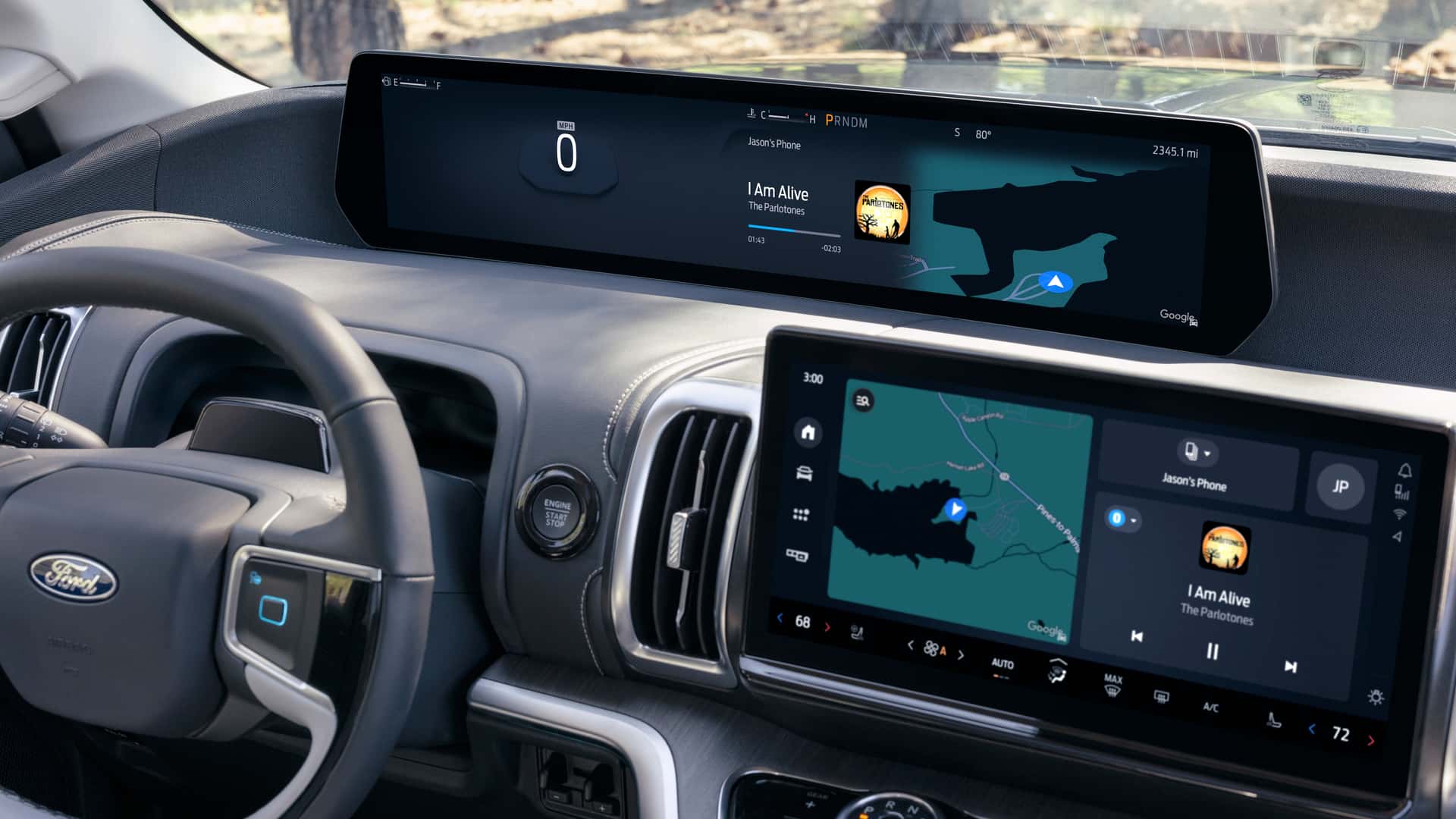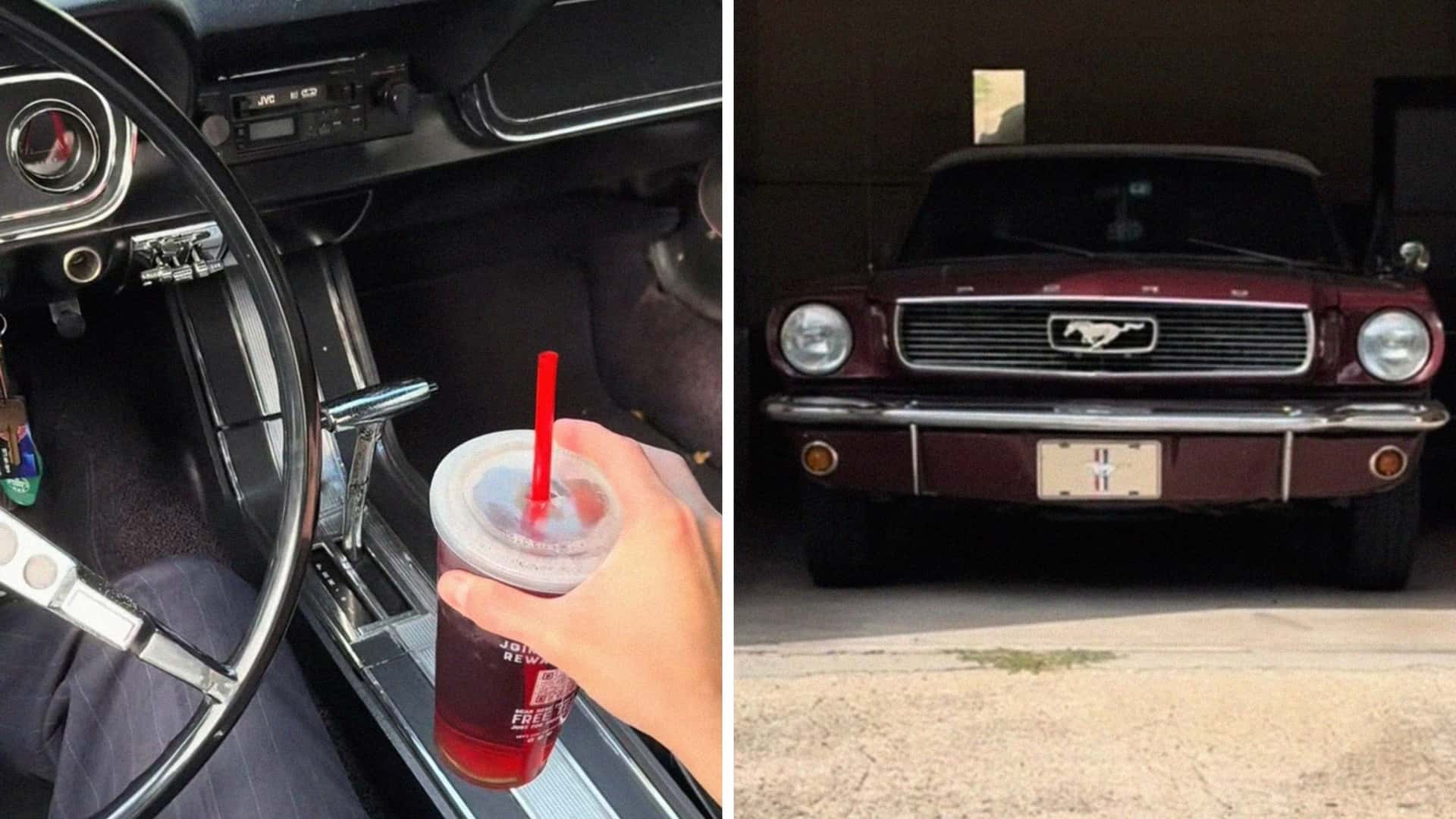
When TikTok user Luke Pearson (@lukepearson97) turns his smartphone camera on his gutted 1966 Mustang and calmly reveals everything it doesn’t have—cupholders, radio, a back seat (“at the moment”)—it sounds less like a complaint and more like a manifesto. Who needs modern comforts when you’ve got soul?
The viral clip, viewed more than 1.9 million times, serves as a kind of dysfunctional love letter to his ride, which is roughly twice his age. Despite the total absence of any kind of creature comforts, Pearson refuses to give up the keys.
“I promise I love my car,” he writes in the caption, serving as both a tribute and apology for making its distressed state so public.
The Mustang that Pearson shows off in that video is no showroom star. The interior is threadbare; essential modern concessions are absent; even the back seat is gone. This dynamic echoes a long tradition of car lovers choosing to preserve the warts-and-all rather than chase perfection.
1966 Ford Mustang: an Automotive Icon
The first-generation Ford Mustang, especially mid-’60s models, has long held a special place in American automotive lore. In 1966 alone, Ford sold 72,119 convertibles, making it the best-selling convertible that year, outselling its nearest rival by nearly 2:1. In its broader line that year, Ford moved some 607,568 Mustangs total, including thousands of standard and luxury convertibles. Over the decades, those cars have become icons of mid-century design and a touchstone for classic car culture.
Still, the world of collectible cars is less monolithic than it once seemed. After a post-pandemic boom, the collector car market is now stabilizing, with more selective demand for condition, originality, and the so-called “modern classics.” According to a Q1 2025 report, values for many classic models have pulled back slightly, though auction attendance and buyer interest remain strong. For a car like Pearson’s, which is far from perfect, its worth is unlikely to rest in pure dollars. Its appeal is more in story, identity, and symbolic defiance.
Part of the viral charm of Pearson’s video is how he frames each missing feature with sincerity. He shows that the car has no cupholders, a modern benchmark of automotive comfort that was never present in many older cars. Commenters lapped it up: One user quipped, “Somebody stole my car radio and now I just sit in silence.” Another wrote, “My classic station wagon has six ashtrays and zero cupholders.” The humor is sharp, but there’s also a vein of sympathy: Many drivers in older cars have indeed learned to cradle their drinks between thighs or risk spills.
FROM THE TRENDING NEWS DESK
Viral bits from across the social media landscape
Our team of experts tracks what's trending so you don't have to—from viral videos to online debates that have everyone talking.
Context helps explain how disorienting these absences feel today. Cupholders are so ubiquitous that they’re treated as standard equipment; optional in a new car would be unthinkable. The more you trace that change, the more absurd the contrast with Pearson’s Mustang becomes. His car forces us to confront how little we ask of great automotive art now: All the screens, connectivity, and systems can distract us from what we once saw as purity, steel, noise, vibration, and that visceral connection to the machine.
Pearson’s refusal to sell also taps into a deep emotional truth in car culture: Cars often become extensions of self, repositories of memory, identity, and stubbornness. He could theoretically sell the Mustang, restore something else, or upgrade, but the imperfections are part of its personality. The car's identity is wrapped up in its flaws, and relinquishing them would mean severing something deeply personal. The line “not at the moment, no” becomes less about temporality and more about a quiet ownership philosophy.
Gallery: 1966 Mustang Shelby GT350H
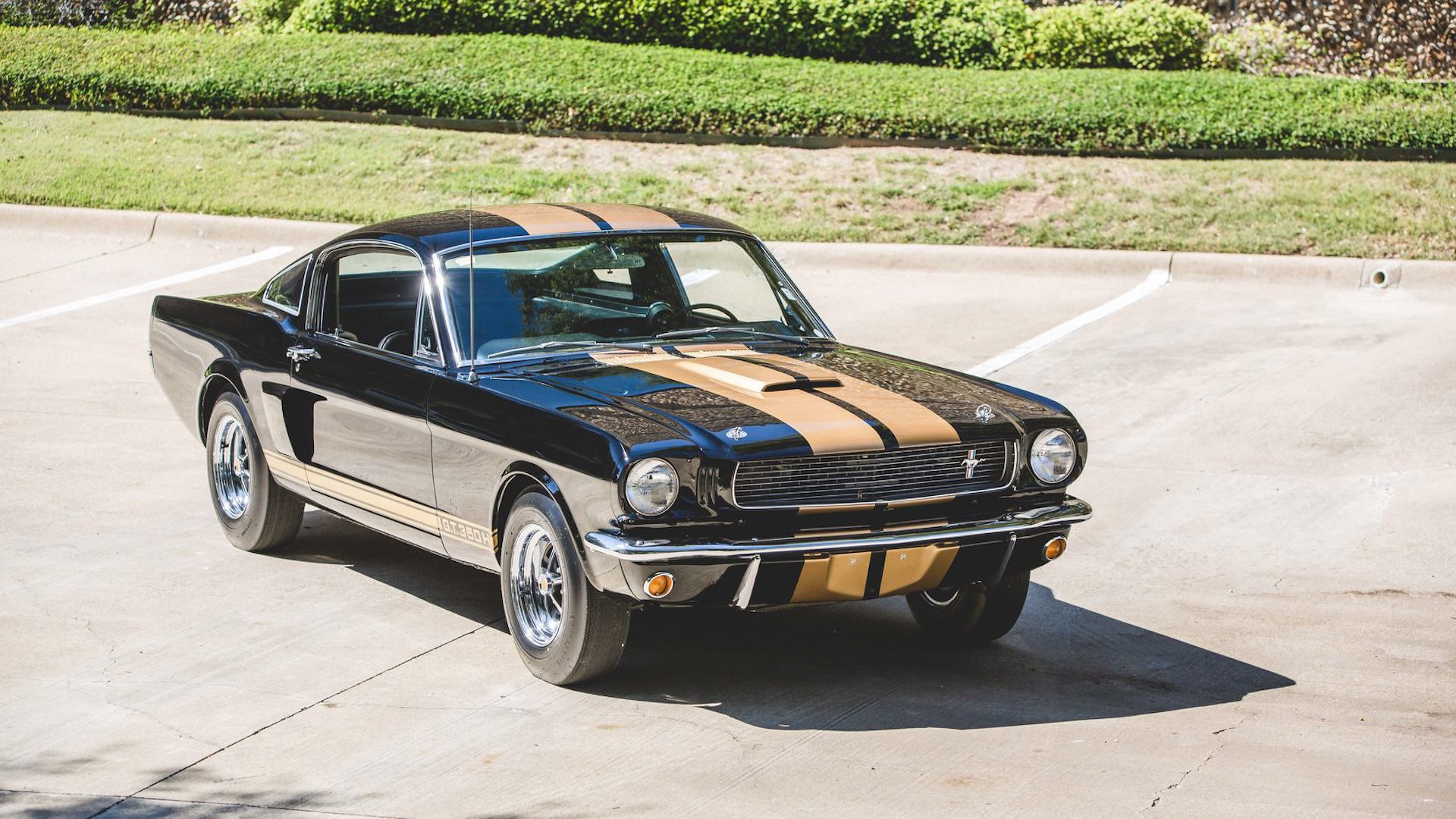

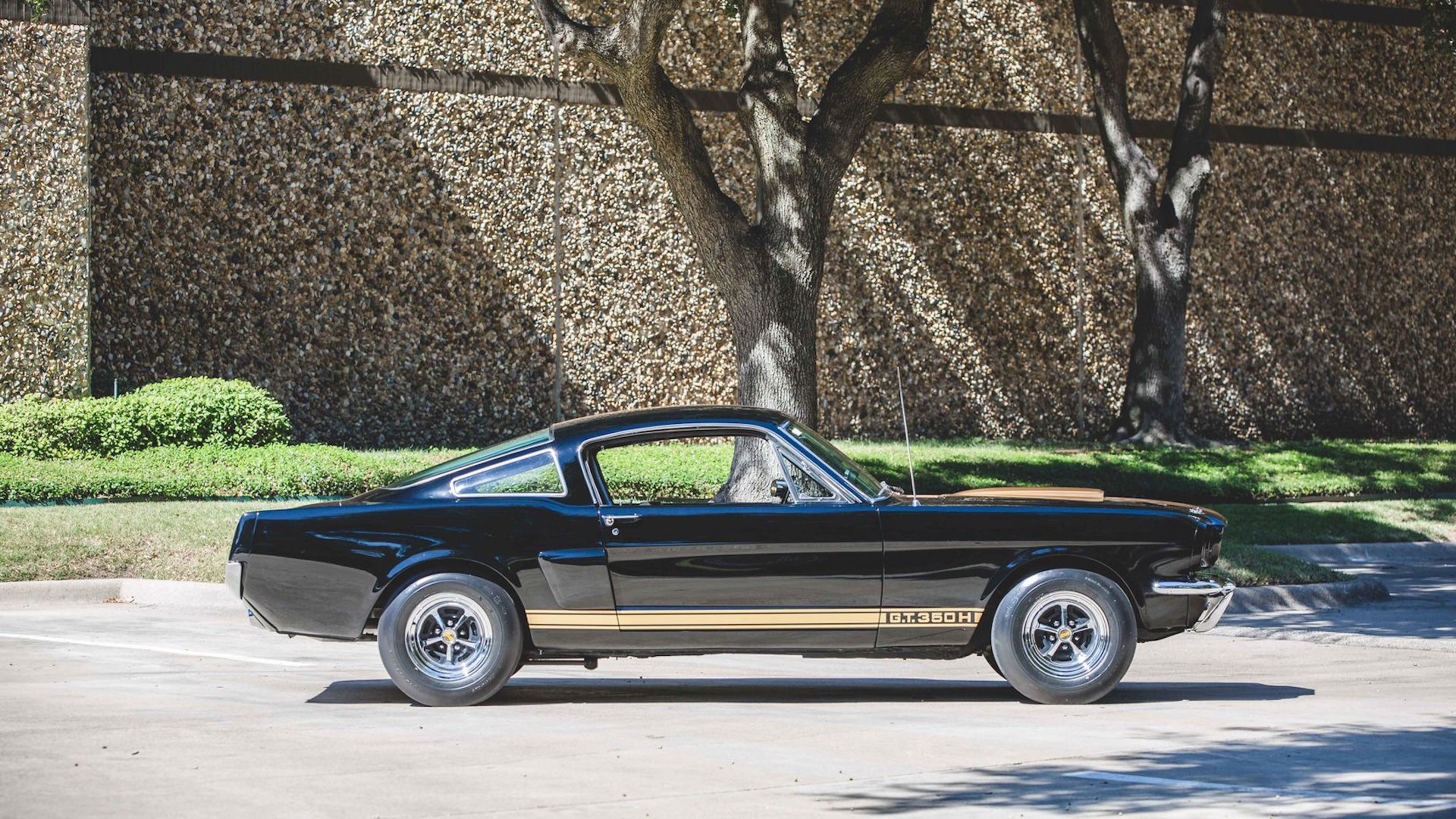
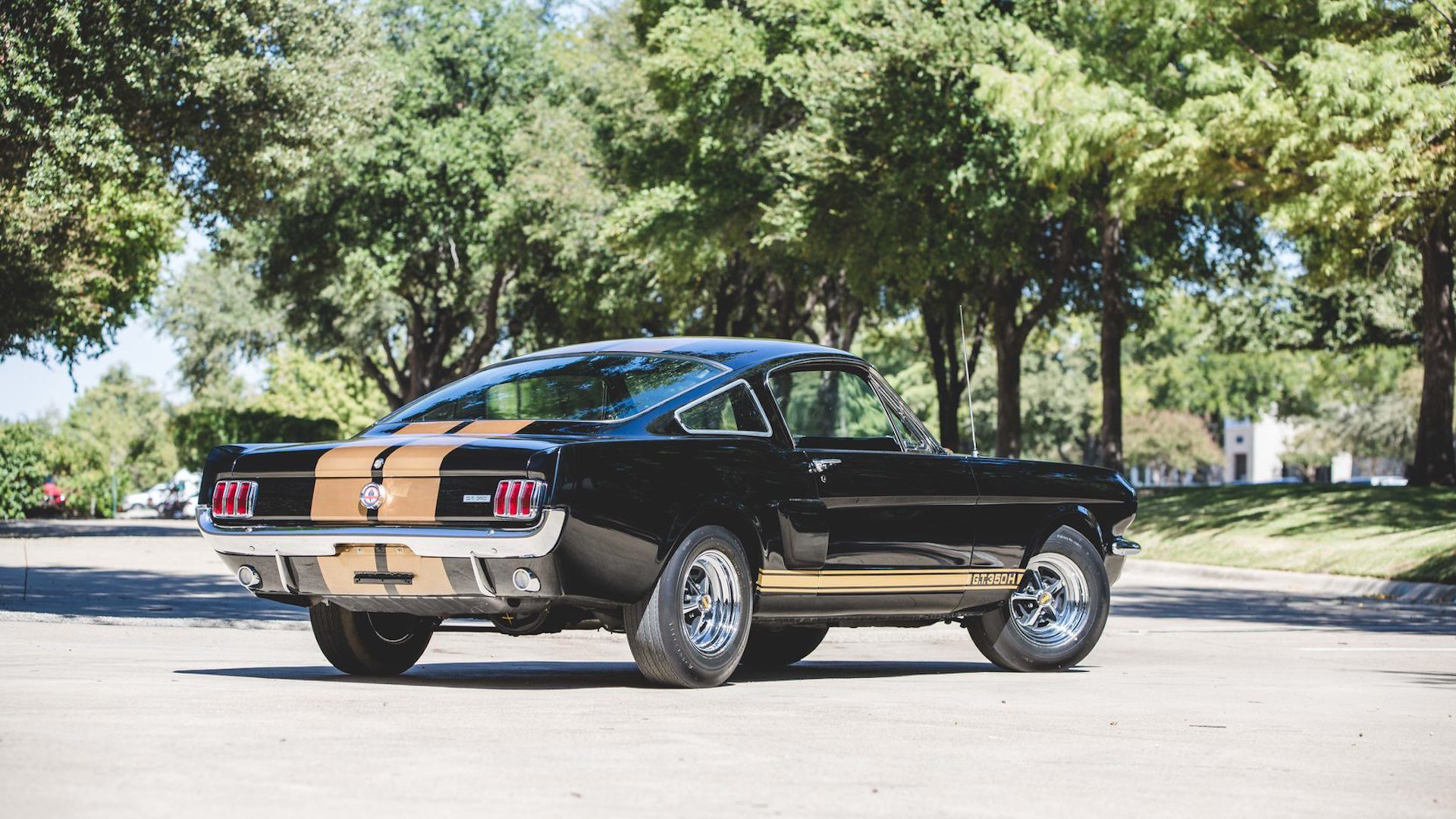
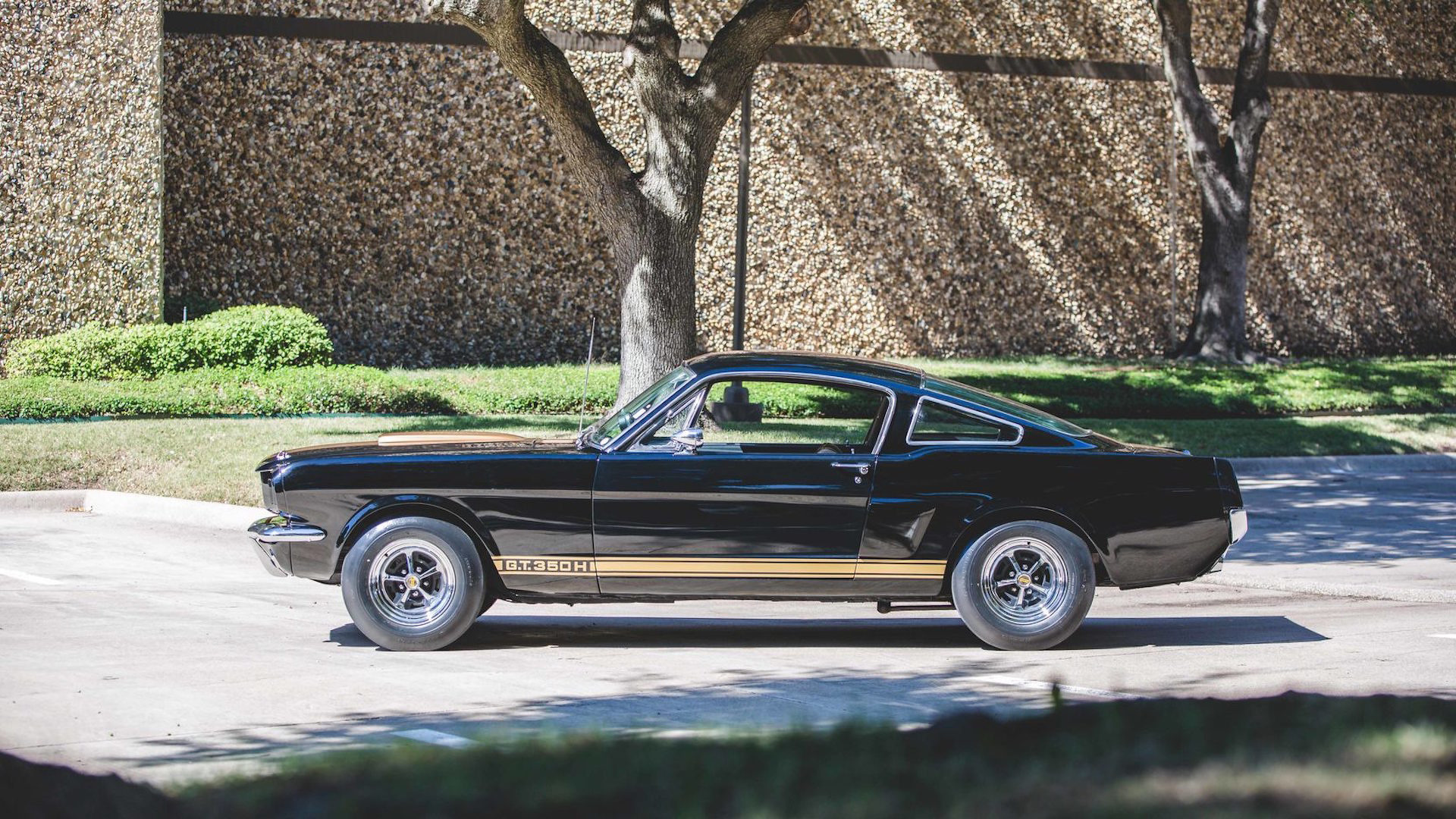
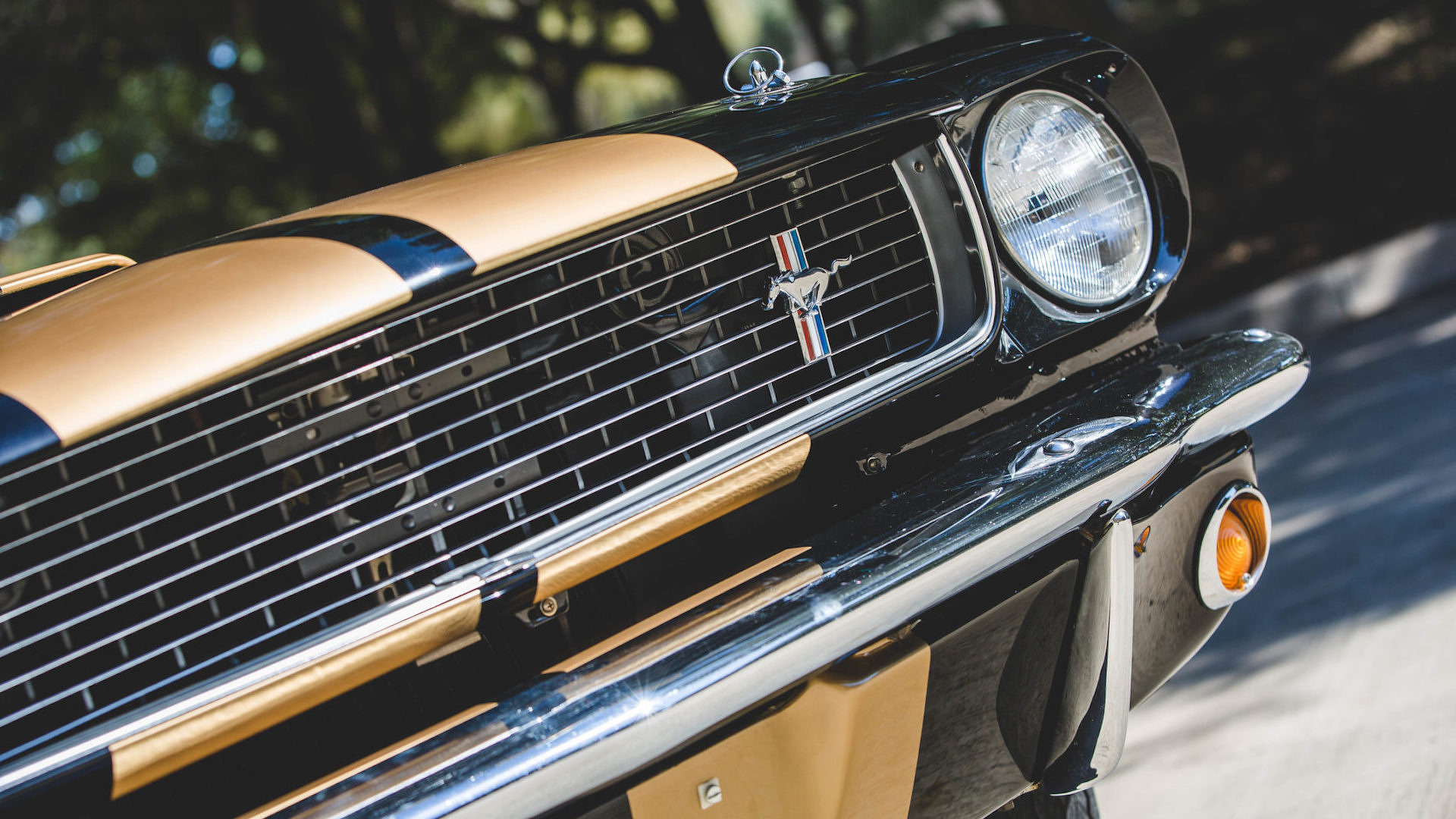
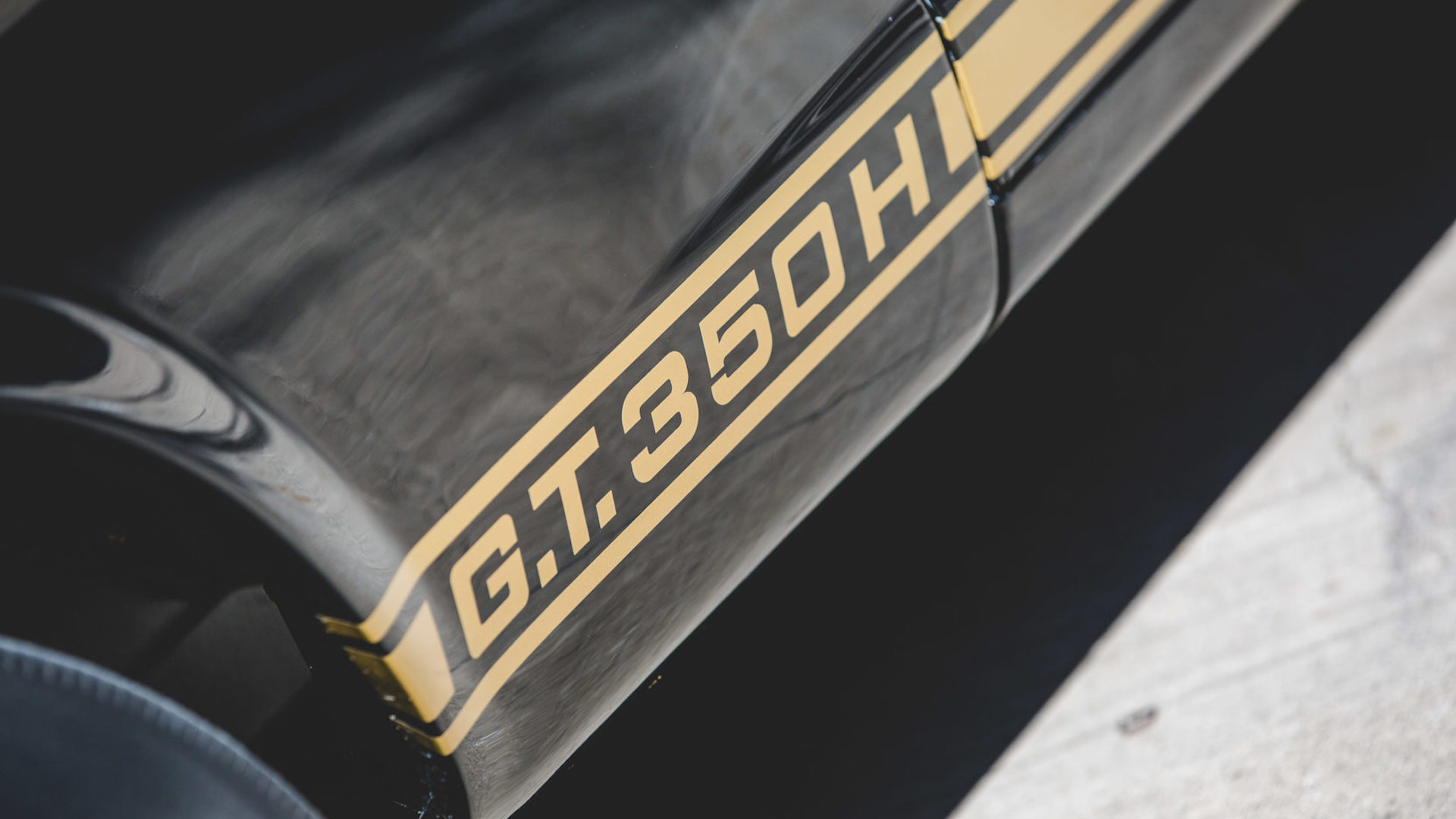
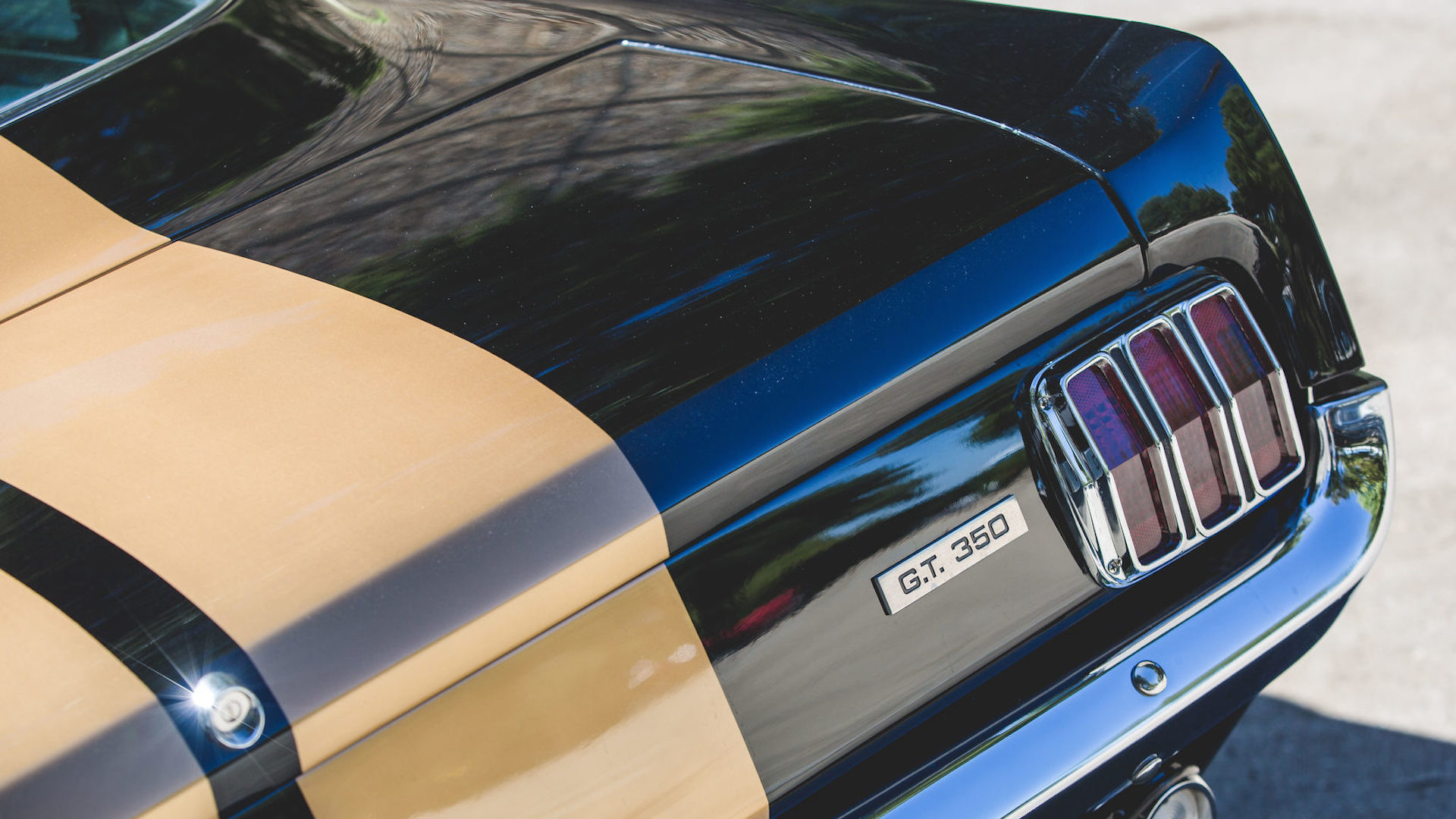
Classic Cars: Preservation and Perfection
In a sense, Pearson’s Mustang is a microcosm of one conflict in the collector world: the tension between preservation and improvement, nostalgia and utility. Some classic-car owners chase concours perfection; others prefer patina, authenticity, and the story a car wears. The Mustang’s imperfections have become its badge and a big part of the narrative.
On social media, opinions split. Many laugh, remembering their own misadventures with vintage cars. Some defend the car’s dignity: “It’s classic, that’s worth more than any stereo,” a user remarks. Others say, “Just glue in a cup holder and move on.” The back-and-forth mirrors the broader cultural debate over whether we want cars as appliances or as art.
At the end of the day, Pearson’s Mustang is still running. It breathes, rattles, rusts, and insists on being loved. It reminds us that the relationship between human and machine doesn’t always make sense, and maybe that’s exactly why it matters. As long as the engine turns and the transmission shifts, Pearson needn’t apologize. In his world, there’s no Apple CarPlay, no cushy seat, but there is character and an argument for holding on.
Motor1 reached out to Pearson via direct message. We’ll be sure to update this if they respond.
We want your opinion!
What would you like to see on Motor1.com?
Take our 3 minute survey.- The Motor1.com Team





